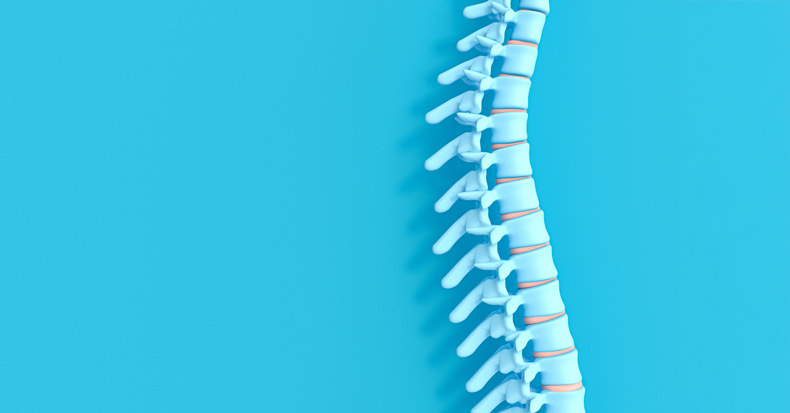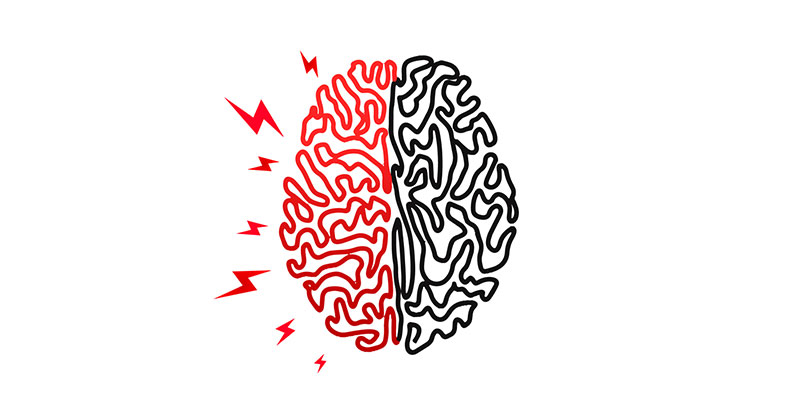Newest Articles
While carpal tunnel syndrome (CTS) is a very common condition, controversy still exists among researchers and healthcare professionals regarding best practices for managing the condition. Most studies on musculoskeletal disorders, including CTS, focus on identifying treatments that provide symptom relief rather than exploring the factors influencing patients’ decisions, particularly when choosing between surgical and non-surgical [..]
It’s estimated that 20-40% of older adults suffer from chronic low back pain. While low back pain can occur at any age, it is particularly challenging for the elderly, as it often interferes with daily activities, sleep, and exercise. Left unaddressed, chronic low back pain can increase the risk of depression, irritability, social isolation, and [..]
Chronic neck pain is defined as pain persisting for longer than three months in the area between the base of the skull (occiput) and the upper thoracic region, specifically up to the T3 level of the thoracic spine. For many patients, chronic neck pain arises from the accumulation of microtraumas to the tissues in the [..]
When viewing the spinal column from the front or back, ideally it appears straight. When viewing the spinal column from the side, it has 3 curves: the cervical lordosis, the thoracic kyphosis, and the lumbar lordosis.
The curves of the spinal column dictate that some of the vertebral bodies will sit on an inclined plane [..]
The sudden acceleration and deceleration of the head and neck during a whiplash event is most commonly associated with mechanical injury to the soft tissues that support the cervical spine, leading to symptoms like neck pain. Over time, researchers have identified additional whiplash-related symptoms such as dizziness, stress reactivity, heart rate variability issues, visual disturbances, [..]
Shoulder pain is a common complaint that drives patients to a doctor’s office, including chiropractic clinics. It’s estimated that about one-third of the population will experience shoulder pain at some point, with subacromial pain syndrome accounting for approximately two-thirds of these cases. Subacromial pain syndrome arises from issues in the subacromial space, located between the [..]
Carpal tunnel syndrome (CTS) is the most frequently diagnosed peripheral neuropathy and one of the most common conditions affecting the hand. The disorder typically results from compression of the median nerve on the palm side of the wrist, leading to numbness, tingling, and sometimes weakness in the thumb and fingers—except for the pinky and the [..]
Stroke is a leading cause of death and long-term disability globally. While 1-in-10 stroke patients may achieve a full recovery, the majority will experience varying degrees of impairment, ranging from minor to severe, that can hinder their ability to perform pre-stroke activities of daily living. Additionally, without proactive measures, stroke survivors face an elevated risk [..]
Research indicates that back pain is the leading cause of disability worldwide, even more than heart disease and diabetes. It’s estimated that about 80% of adults will experience an episode of low back pain during their lifetime. Additionally, more than half of those who develop back pain will either have another episode within the year [..]
Multiple sclerosis (MS) is a demyelinating, inflammatory, chronic, and neurodegenerative disease of the central nervous system. Among the myriad symptoms that characterize the condition, about 80% of MS patients have sensory and motor impairment ranging from very mild to very severe. While there’s no cure for MS, recent studies have found that chiropractic care directed [..]
Carpal tunnel syndrome is the most common upper limb peripheral neuropathy, and it’s characterized by pain, numbness, tingling, and weakness in the parts of the hand innervated by the median nerve, namely the thumb and index, middle, and half the ring finger. Because it’s such a common diagnosis for these symptoms, it’s not unusual for [..]
Biomechanics 101
Humans are both mechanical (they obey the laws of physics) and biological (they obey the laws of biology). The blending of the laws of mechanics and biology are referred to as biomechanics. Humans are biomechanical.
A simple concept in biomechanics is that there is a trade-off between mobility and stability. The regions of [..]













